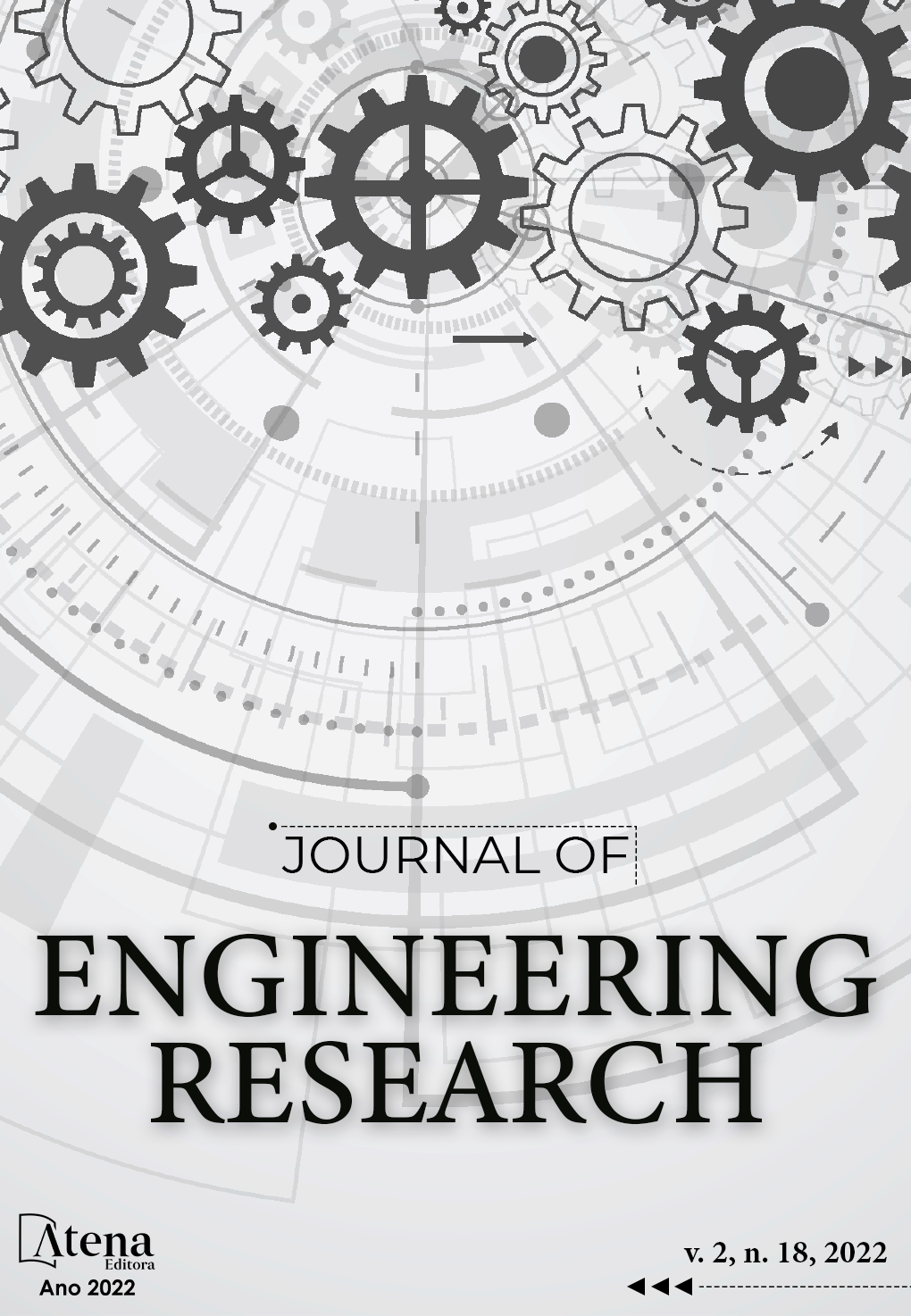
RESEARCH OF AREAS CONTAMINATED BY SANITARY LANDFILLS IN BRAZIL: A BIBLIOGRAPHIC REVIEW
Sanitary landfills are considered a solution to the problem of increasing solid waste generation, however these places can become sources of active contamination through leachate leakage. Investigating these locations is important to identify contaminated areas and carry out remediation processes. Therefore, the objective of this study was to identify the areas contaminated by the disposal of solid waste in sanitary landfills, as well as the analyzed environmental matrices, the investigation techniques used and the parameters evaluated. The selection of articles was based on a systematic review in peer-reviewed scientific article databases (Scopus, ScienceDirect, Springer and Scopus). Eleven studies were selected, from which the use of Indirects (4) and Intrusives (7) methods was verified; analyzes performed on soil (2), surface water (3) and underground (4) matrices. The main parameters evaluated were physicochemical and metal concentration. Despite the confirmation of contamination, it was found that there is no protocol used for the investigation of areas contaminated by the disposal of solid waste in these studies. The method of collection and depth of the samples may imply significant differences in the results of the physical-chemical analyses. Therefore, geophysical methods are recommended to assist in sampling planning, follow sampling standards and protocols and the inclusion of new parameters to be analyzed.
RESEARCH OF AREAS CONTAMINATED BY SANITARY LANDFILLS IN BRAZIL: A BIBLIOGRAPHIC REVIEW
-
DOI: 10.22533/at.ed.31721822190810
-
Palavras-chave: Pollution; Leached; sanitary landfill; Intrusive Methods; Indirect Methods.
-
Keywords: Pollution; Leached; sanitary landfill; Intrusive Methods; Indirect Methods.
-
Abstract:
Sanitary landfills are considered a solution to the problem of increasing solid waste generation, however these places can become sources of active contamination through leachate leakage. Investigating these locations is important to identify contaminated areas and carry out remediation processes. Therefore, the objective of this study was to identify the areas contaminated by the disposal of solid waste in sanitary landfills, as well as the analyzed environmental matrices, the investigation techniques used and the parameters evaluated. The selection of articles was based on a systematic review in peer-reviewed scientific article databases (Scopus, ScienceDirect, Springer and Scopus). Eleven studies were selected, from which the use of Indirects (4) and Intrusives (7) methods was verified; analyzes performed on soil (2), surface water (3) and underground (4) matrices. The main parameters evaluated were physicochemical and metal concentration. Despite the confirmation of contamination, it was found that there is no protocol used for the investigation of areas contaminated by the disposal of solid waste in these studies. The method of collection and depth of the samples may imply significant differences in the results of the physical-chemical analyses. Therefore, geophysical methods are recommended to assist in sampling planning, follow sampling standards and protocols and the inclusion of new parameters to be analyzed.
-
Número de páginas: 9
- Jonatas Carvalho Lacerda
- Mariana Consiglio Kasemodel


